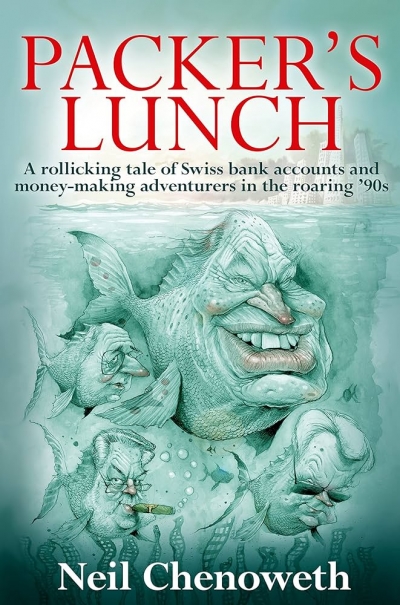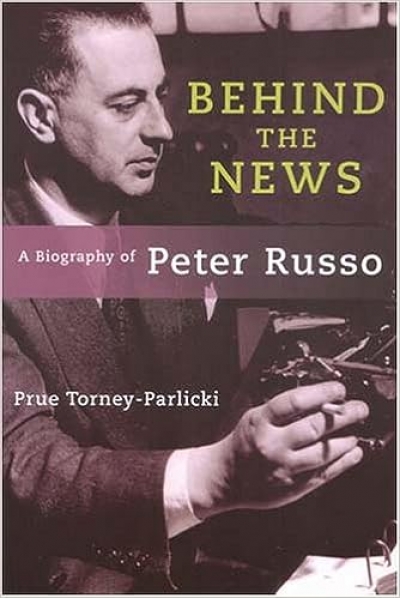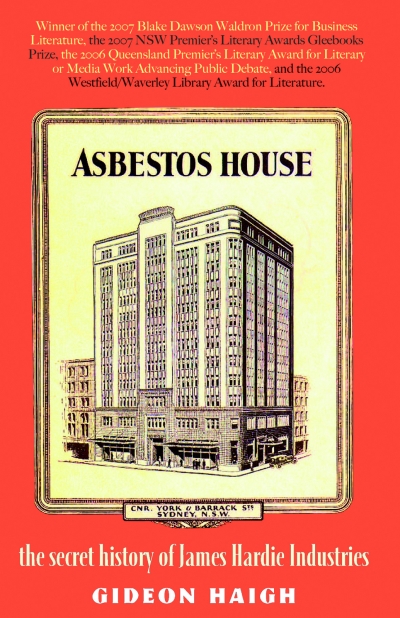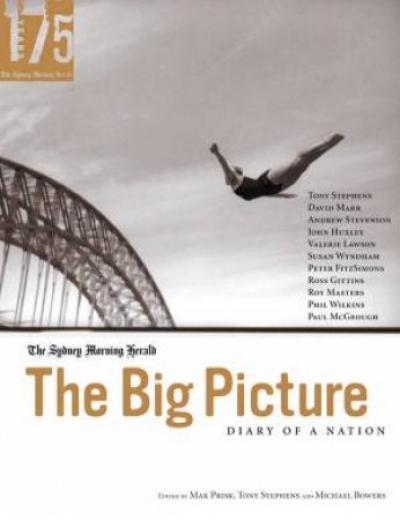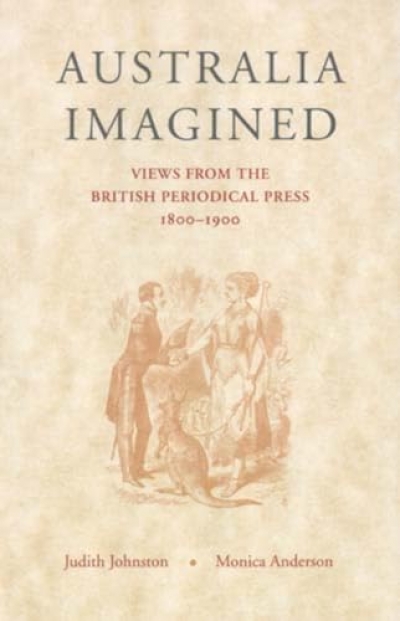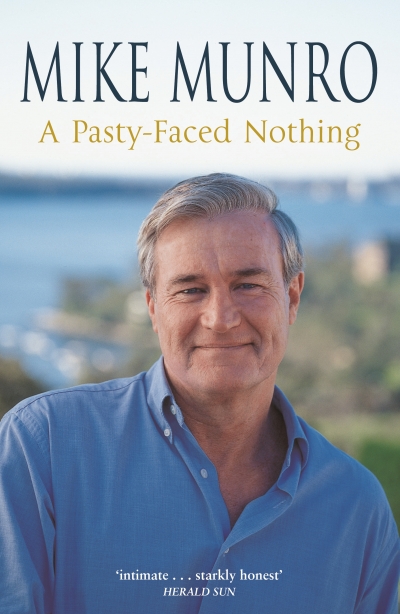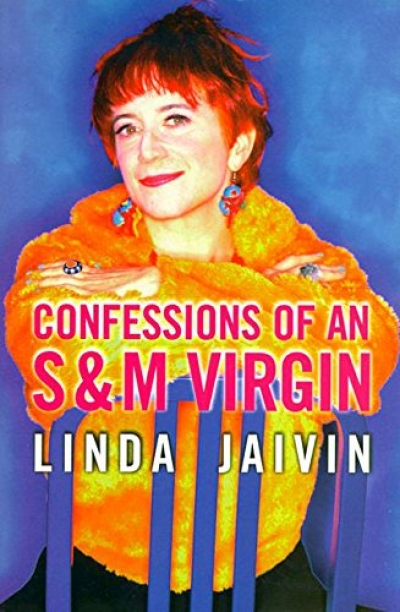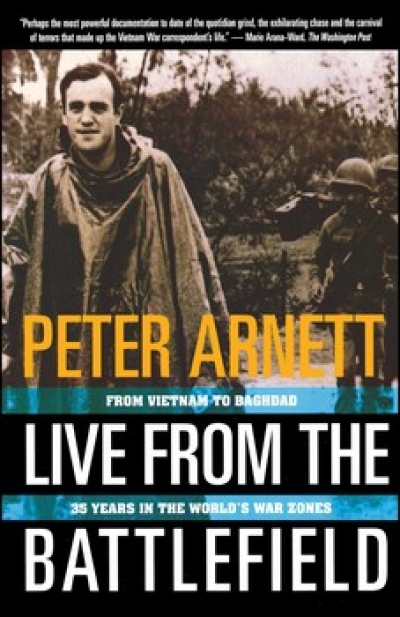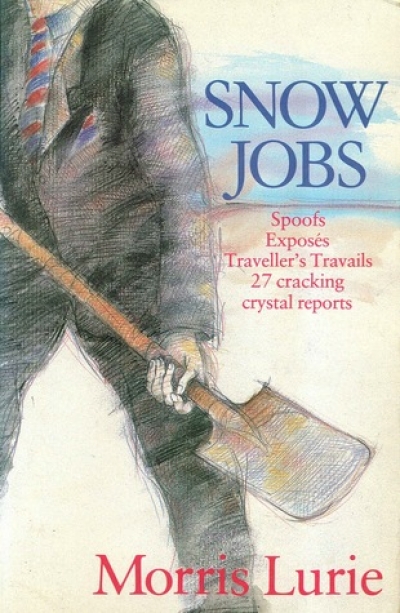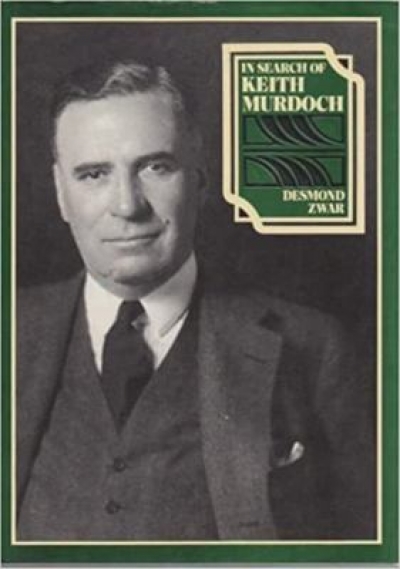Journalism
Packer’s Lunch: A rollicking tale of Swiss bank accounts and money-making adventures in the roaring 90s by Neil Chenoweth
by Peter Haig •
Behind the News: A Biography of Peter Russo edited by Prue Torney-Parlicki
by Grant Bailey •
Asbestos House: The secret history of James Hardie Industries by Gideon Haigh
by Peter McLennan •
The Big Picture: Diary of a nation edited by Max Prisk, Tony Stephens, and Michael Bowers
by John Thompson •
Australia Imagined: Views from the British periodical press, 1800–1900 edited by Judith Johnston and Monica Anderson
by David Carter •
Confessions of an S&M Virgin by Linda Jaivin
by John Birmingham •
Live from the Battlefield: From Vietnam to Baghdad, 35 Years in the World's War Zone by Peter Arnett
by Jennifer Maiden •

